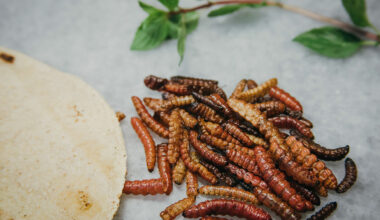Puerto Vallarta is a city known for some of the most extraordinary animals, from hunchback whales to coatis and sea turtles. Having such unique animals also means protecting them; For this reason, at Velas Vallarta, we make a series of efforts to keep the fauna of this magnificent destination safe.
The Marine turtles

A beautiful species that is in danger of extinction. Sea turtles are divided into seven subspecies, and to provide a safer environment for them, at Velas Vallarta, we take extensive measures to provide welfare to this fragile species.
How do we do it?
We work in collaboration with the non-profit association “Conservation of Marvelous Species of Bahía de Banderas A.C.” The first nest collected this year had a total of 91 eggs. 3,948 hatchlings have been released directly on the beach and completed their sea journey as of 2022.
We have security personnel on the beach 24 hours a day who find the nests and help us notify the association of these eggs to relocate them to the hatchery, where they will be safe from predators and humans.
The young return every 13 or 14 years and are guided by the earth’s magnetic fields that remind them of where they were born; the adults return 3 to 4 times a year, and we are always prepared to receive them.
If you want to participate and witness this natural wonder, the ideal season to do so is from August to December.
What to do if I find a turtle nest during my visit to the hotel?
We invite you to report it immediately to any hotel employee to report it to the security department. Please do not touch the nest or handle it!
The Peacock

During your stay, you will surely hear some loud bird songs from your suite, in the pool, or on the beach. These come from the beautiful peacocks that roam our grounds.
The peacock is a species of incomparable beauty that keeps all our guests in awe with its vibrant green, blue and brown colors.
We currently have a couple: a male called “Pancho” and a female who roams the entire hotel and has constant veterinary care. We vaccinate them once a year before the rainy season. They are fed daily, and their diet consists of seeds, cereals, berries, vegetables, fruits, insects, and lizards. This species has been present since Velas Vallarta opened its doors.
Did you know…?
- The peacock’s distinctive song or “cry” resembles the meow of a cat or a crying baby. This “call” is used to attract females.
- Their tail feathers extend more than 60 percent of their total body length and fan from side to side; females are believed to choose their mate by the size, color, and quality of these feathers.
- You can find our peacocks at breakfast and lunch in the Andrea restaurant, as they recognize the place and time when guests feed them.
- They seem intimidated by cameras as they turn around whenever our guests want to take a picture of them, but you can always keep trying!
Koi fish

There is a legend that long ago, golden koi fish were abundant in the Yellow River in China. They made their way up the river, going against the current, building strength and perseverance. Its golden hue made the river shine as if it were a river of gold. We invite you to know this story in this other post.
These fish have been in our hotel since the beginning and require arduous and special care, such as maintaining the ponds with a filter that cleans and oxygenates the air; In addition, we scrub the walls with a brush that helps us remove dirt and algae.
Did you know…?
- Koi have a voracious appetite and never gets full.
- You should avoid putting your fingers in the water because they can bite them thinking it is food.
- You can buy food for them in the hotel mini-market.
- Koi fish are freshwater fish originating from East Asia.
- There is a legendary koi named Hanako who is the oldest in history; she was born in 1751 and died in 1977. She lived to be 226 years old, while most koi live only 30 to 40 years.
The Eagle

Corsarios del Aire is an external company that works with Velas Vallarta, providing its eagle trainers and eagles that move between hotels to offer their services.
What do these birds do?
Cora, a 1-year-old eagle Harris’s Hawk, works at the hotel to maintain biological control of the fauna.
They take approximately two weeks to a month and a half to train through positive reinforcement. They live between 20 and 25 years in captivity and 10 to 15 years in the wild due to predators and diseases.
Did you know…?
- Eagles shed their feathers every year.
- They sharpen their claws between rocks and their beak on bones and stones.
- They lay two eggs annually, each one taking eight months to hatch.
We are sure you will see all these beautiful creatures from a new perspective on your next visit. We also invite you to take care of them!


